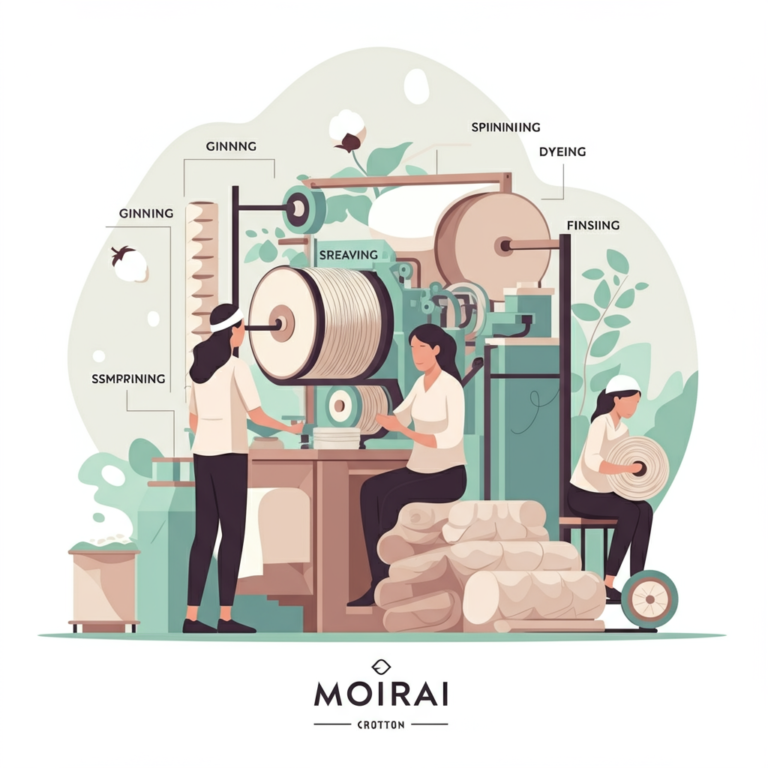The best Side of cotton textiles
The best Side of cotton textiles
Blog Article

Khadi: Khadi is usually a hand-woven fabric comprised of cotton that is often employed for outfits. It's also often known as "homespun fabric".
I just bought my new curtains, and so they totally remodeled the place! The delicate colour provides this kind of heat and elegant touch, making the House feel brighter plus much more inviting.
It handles A selection of chapter-wise topics, from your analyze with the earth's floor to the distribution of resources and human settlements. NCERT CBSE Class eight Geography Be aware
Indian cotton textiles, particularly Individuals from Bengal, continued to maintain a aggressive edge up right until the nineteenth century. So that you can compete with India, Britain invested in labour-saving complex development, while applying protectionist procedures like bans and tariffs to limit Indian imports.[forty five] Simultaneously, the East India Firm's rule in India contributed to its deindustrialization, opening up a completely new market for British products,[45] even though the cash amassed from Bengal following its 1757 conquest was used to speculate in British industries such as textile manufacturing and considerably improve British prosperity.
A girl in Dhaka clad in great Bengali muslin, 18th century. In the early 16th century into the early 18th century, Indian cotton manufacturing enhanced, with regards to both of those raw cotton and cotton textiles.
Like different enterprises, the cotton materials industry In addition expects to amplify Added benefits by restricting the generation Charge. To decrease absolutely the use or cost of generation and supply to small business sectors, the small business demands to figure out the smallest expense 'space.
Outside Mount: Ideal for Home windows that don't present plenty of depth for an within mount. This selection also offers much more light blockage by masking the window frame.
Handpicking also produces substantially cleaner cotton; mechanical harvesters choose the bolls by suction, accumulating unfastened material, dust, and dirt, and can't distinguish amongst very good and discolored cotton. more info A chemical defoliant will likely be used before mechanical finding to cause the plants to get rid of their leaves, thus encouraging extra uniform ripening with the bolls.
These blinds are customizable with regard to dimensions and might be tailor-made to suit distinct window dimensions.
British textile mills in 1913 In 1912, the British cotton industry was at its peak, creating 8 billion yards of cloth. In Earth War I, cotton couldn't be exported to overseas marketplaces, and several nations around the world developed their particular factories, specifically Japan.
English people purchase Indian cotton in the sector, picked by Indian labor at seven cents every day, through an optional monopoly.
As there was no punishment for continuing to promote cotton fabric, smuggling of the popular product became commonplace. In 1721, dissatisfied with the results of the 1st act, Parliament passed a stricter addition, this time prohibiting the sale of most cottons, imported and domestic (exempting only thread Fustian and Uncooked cotton). The exemption of Uncooked cotton from your prohibition initially noticed 2 thousand bales of cotton imported every year, to become The idea of a new indigenous industry, originally manufacturing Fustian to the domestic marketplace, while far more importantly triggering the event of the number of mechanised spinning and weaving technologies, to system the material. This mechanised creation was concentrated in new cotton mills, which slowly expanded right up until by the beginning on the 1770s 7 thousand bales of cotton were being imported yearly, and strain was put on Parliament, by the new mill homeowners, to get rid of the prohibition over the production and sale of pure cotton fabric, as they could effortlessly compete with everything the EIC could import.
Cotton fibers can be utilized in a wide variety of fabrics starting from light-weight voiles and laces to large sailcloths and thick-piled velveteens.
The word "cotton" has Arabic origins, derived with the Arabic word قطن (qutn or qutun) which happens to be finally derived from the Hebrew כֻּתֹּנֶת kuttṓnĕṯ, ironically indicating a outfits fabricated from linen. This was the usual term for cotton in medieval Arabic.[6] Marco Polo in chapter 2 in his book, describes a province he calls Khotan in Turkestan, present-day Xinjiang, wherever cotton was grown in abundance.